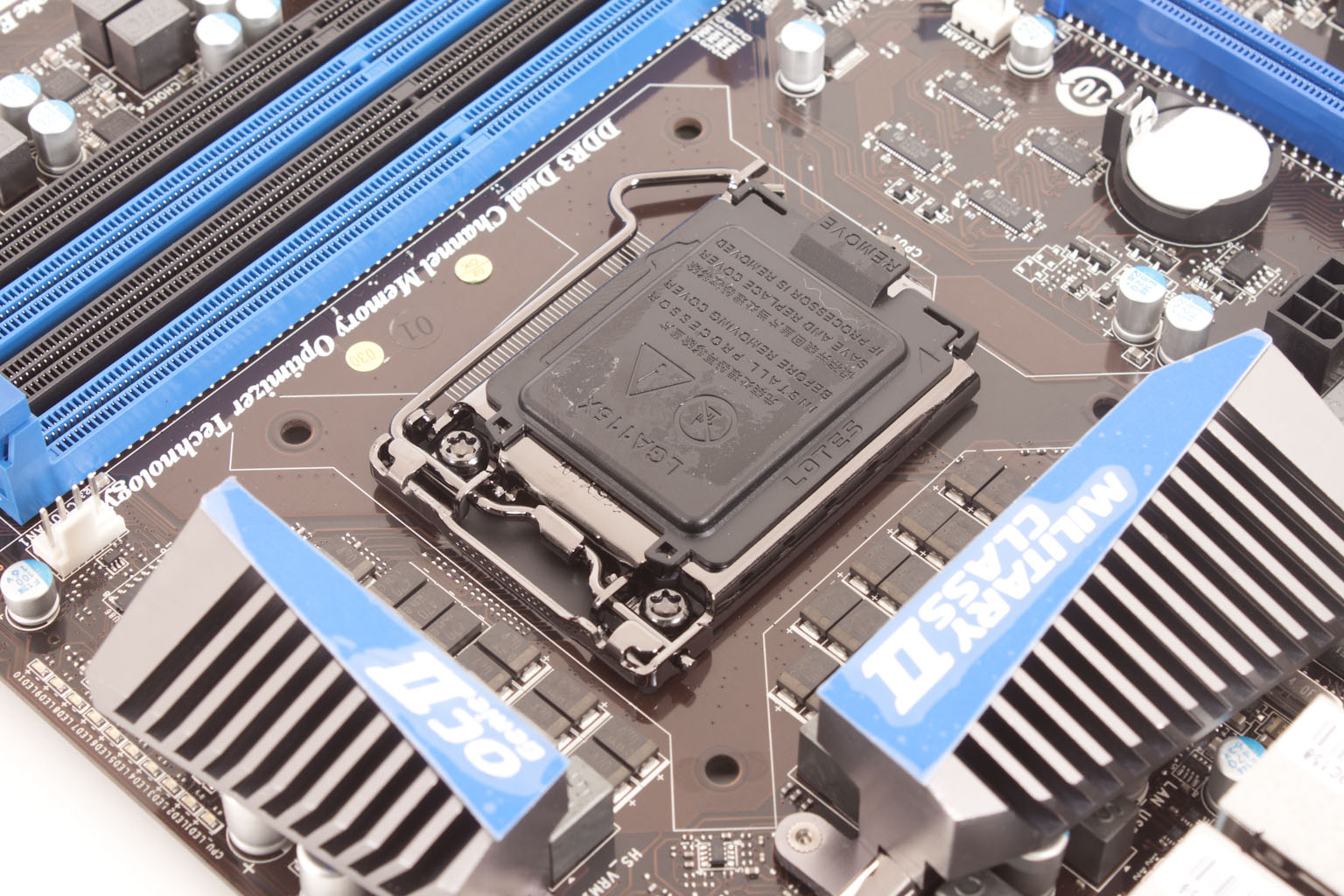Section III - Performance Tests,
Real-World -
Here we have two tests that are designed to put the performance of the motherboard and its subsystems to the test. Both require good CPU, Memory, HDD and even to a lesser extent audio and network performance. The two tests we chose were Lightwave 3D 9.6 and AutoGK 2.55. We will be adding at least one more real-world test to this battery in the near future, but for now these two cover quite a bit.
Lightwave 3D 9.6 x64 -
Lightwave is another industry standard application for 3D animation and rendering. It has a large tool base and the rendering engine is highly threaded (when using the right render model). This application is also capable of expanding to 4k resolutions as well as ray tracing for rending the light sources. For our testing we use frame 470 of the Pinball scene found in the LW 9 Content folder. This uses the newer perspective camera that is better suited to a multi-CPU/Core environment. This camera style also uses ray tracing and a much improved anti-aliasing method. Settings are shown below in the attached screen shot. Of course these are single frame renders and they are not a complete picture; for that you have to take into account the number of frames an average project would have. In a typical 30 second commercial you will have around 840 to 960 frames (at 28 – 32 FPS) this means that you have to multiply the time of a single frame by that number just to get a vague idea of how long that 30 seconds would take. This is because each frame will have a different render time based on complexity.
Once again we see the Z68A-GD80 do better without the added HD5870 in the system. This is very interesting as we would have expected the opposite due to the added memory burden from the on-die GPU. However, this did not happen... Puzzling but in a good way.
Our estimated 30-second project times illustrate how important even one second can be when you are rendering.

AutoGK 2.55 Transcoding -
AutoGK is a transcoding software that is really multiple parts combined to make an easy to use whole. It combines, items like FDD Show, Xvid encoder, Virtual Dub and others for use in converting one media format to another (usually Xvid AVI). It will not transcode copy protected DVDs or Bluray discs yet (you still need a decrypter for that). But it does an excellent job on everything else. For our testing we use a 2 hour movie that has been placed onto a standard definition DVD for playback; we then transcode this DVD to a 100% quality AVI with the original audio intact. This puts a strain on the CPU, Memory, HDD and the attached DVD ROM drive.
Wow, here the Z68A-GD80 without the HD5870 is over 45 seconds faster (actually right at 51 Seconds) for the same transcode. If it were not for the fact that AutoGK does not support the new decryption algorithms in the Sandy Bridge CPUs I would complement Intel’s design. However, here I think we are seeing the board struggling under the strain of the x16 PCIe lanes demanded by the HD5870. I hope I am wrong about this and all we need is a BIOS update or a driver fix, but it does seem to fit the circumstances.




